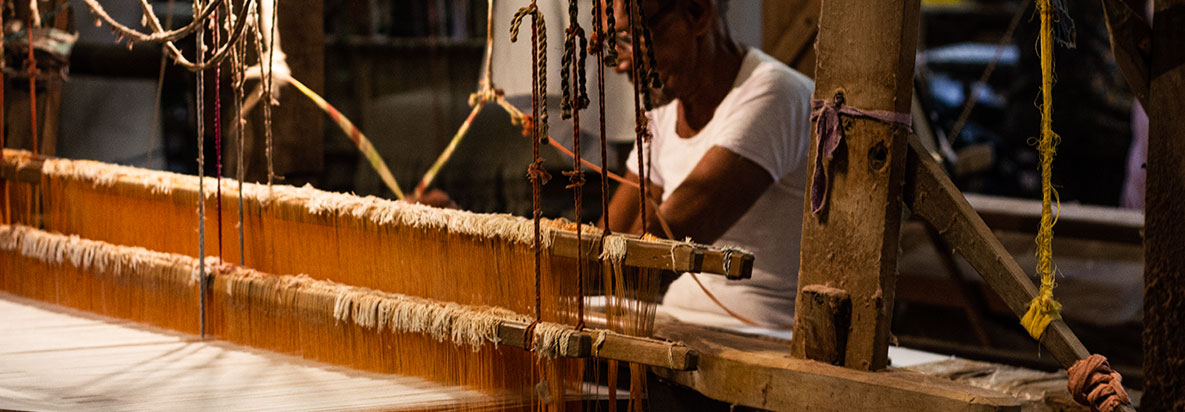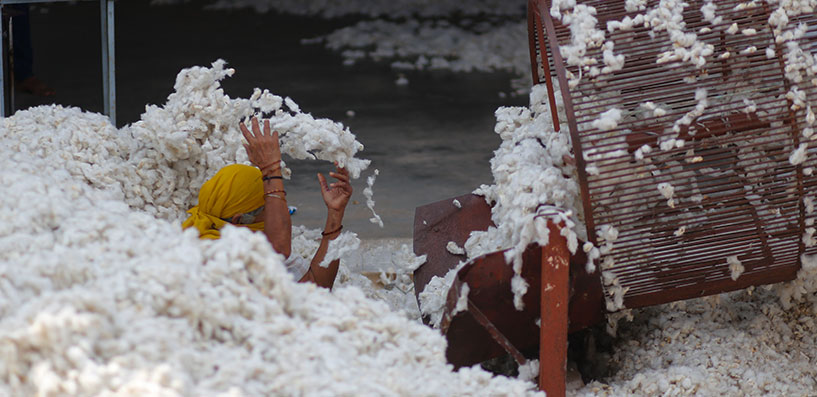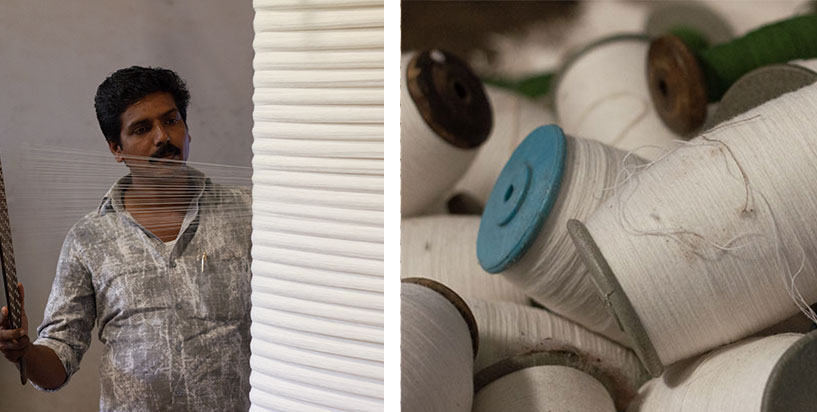- PRIVACY POLICY
- About
- All Categories
- Areca Palm
- Best Sellers
- Blog
- Bulk Orders
- Cart
- Chat with us
- Checkout
- Collections
- Cotton for a cause
- Covid-19 Update
- Customer Reviews
- Customised Curtains
- Customize
- Diwali Sale
- explore
- Export Customer file for Facebook
- Feedback
- Furnish Your Dream
- Furniture
- Get in touch
- Gift Cards
- Holiday
- Home
- Home old
- Home1
- International Orders
- Kitchen and Table Best Sellers
- Limited-Time Deals
- Linen
- My Account
- My Gift Card
- New Arrivals
- Payment Policy
- Returns and Cancellation Policy
- review
- Sale
- Sale Category
- Sale Today
- Shipping Policy
- Shop
- Shop the Look
- Subscribe
- Support
- TERMS & CONDITIONS
- test page
- test page
- Thank you
- Thank you
- Thank you
- Thoppia Best Sellers
- Track Order
- Verification
- Weaver’s Diary
- Wishlist
International Shipping Available: For details, click here.
Free Shipping: Domestic orders (within India) above ₹999 | International orders above $89.
New User Offer: Use WELCOME200 to get ₹200 off on Subtotal above ₹2999* (India only).
Prepay and Save: Enjoy extra discounts with prepaid orders.**(India only).
THOPPIA500: ₹500 off on Subtotal above ₹12,499*** (India only).
THOPPIA1000: ₹1000 off on Subtotal above ₹24,999*** (India only).
A Step-by-Step Guide to Cotton Spinning and Weaving
Welcome to the wonderful world of cotton spinning and weaving! In this step-by-step guide, we’ll take you through the entire process from fiber to finished product. Let’s get started!

Have you ever wondered how the clothes you wear are made? Or perhaps, have you ever admired a beautifully woven piece of fabric and wondered how it was created? If so, you’re not alone.
Cotton spinning and weaving are ancient crafts that have been around for thousands of years, and they continue to be an important part of our lives today. Whether you’re interested in learning a new hobby or want to gain a deeper appreciation for the clothing and textiles that surround us, this step-by-step guide to cotton spinning and weaving is here to help.
In this article, we’ll take you through the process of turning raw cotton into a finished piece of fabric. So, let’s dive in and explore the world of cotton spinning and weaving!
But before that why cotton? And why is it the most preferred fabric for home furnishing products?
Why Cotton?
Cotton is an incredibly popular choice for everything from bedding to hanging kitchen towels to upholstery fabric. Why, you ask? Well, for starters, cotton is super soft and comfortable. When you’re snuggled up in a cozy cotton duvet cover or drying off with a fluffy cotton towel, you’ll know exactly what I mean.
But it’s not just about comfort – cotton is also very durable and easy to care for. You can toss your cotton sheets or towels in the washing machine and they’ll come out looking and feeling great.
Another reason why cotton is so popular for home furnishings is that it’s versatile. Cotton fabrics come in all sorts of colors, patterns, and textures, so you can find something to suit any style or decor. Whether you’re going for a classic, timeless look or something more modern and bold, there’s a cotton fabric out there that will work perfectly.
To know more about cotton and the benefits that come with it, read: Why Go Organic? Learn the Benefits of Cotton
Now into the core aspect of the blog – Cotton spinning and weaving.
What is Cotton Spinning?
Cotton spinning is the art of transforming cotton fibers into yarn or thread, which can then be woven into fabric. The process involves using a spinning wheel or spindle to twist the cotton fibers together into a cohesive thread.
To put it simply, the process of spinning involves cotton fibers being cleaned and carded, which means they’re straightened and separated into thin layers. Then, they’re drawn out and twisted into a long, thin strand called roving. Finally, the roving is spun onto a spindle, which twists it even tighter and turns it into yarn. And just like that, you have a finished product that’s ready to be used for all sorts of textile goods, from clothing to bedding to towels and more!


Popular Cotton Spinning Techniques
Ring Spinning
Ring spinning is like the classic method that’s been around forever. It involves pulling the cotton fibers through a series of rollers to straighten and align them, then twisting them together to form a continuous yarn. The yarn is wound onto bobbins or cones, ready to be used for weaving or knitting. This technique is commonly used for cotton curtains, dining table cloth covers and industrial textiles.
Open-End Spinning
Open-end spinning is a faster, more efficient spinning technique that is commonly used for producing coarser cotton yarns. In this process, the cotton fibers are fed into a rotor, which spins them together into a yarn. You might find this kind of yarn in things like dish towels or t-shirts.
Compact Spinning
If you really want to go all out, compact spinning is the way to go. It’s like the fancy new kid on the block that produces a high-quality, smooth yarn with fewer imperfections. It involves using a modified ring spinning machine to compress the fibers together more tightly before twisting them into a yarn. This kind of yarn is perfect for high-end textiles like bedding or luxury clothing.
Now, let’s get into the cotton weaving part.
What is Cotton Weaving?
Basically, weaving takes place in the latter stage of the cotton manufacturing process. While the spinning process involves converting the cotton fibers into yarns, the weaving process interlaces the yarns to create fabric. Let’s read about it in a more detailed fashion.
Weaving is the process of interlacing two sets of yarn, called the warp and weft, to create fabric. First, the cotton yarn is wound onto a loom, which holds the vertical threads, known as the warp. The weaver then interlaces horizontal threads, known as the weft, over and under the warp threads to create the fabric.
When it comes to cotton weaving, the process can vary depending on the desired outcome. For example, if a simple plain weave is desired, the warp and weft will be interlaced over and under each other in a simple pattern. But if a more complex pattern is desired, different types of weaves like twill or satin may be used. The end result can be anything from a light and airy cotton voile to a sturdy denim or canvas. Let’s talk about these techniques in more detail.


Popular Cotton Weaving Techniques
Plain Weave
Plain weave is like the bread and butter of cotton weaving. It’s super basic, but that’s what makes it so versatile and widely used. It involves interlacing the warp and weft threads over and under each other in an alternating pattern. This creates a simple, tight weave that is both strong and durable.
Twill Weave
This technique is a little more complex, but it’s what gives fabrics like denim that signature diagonal pattern. It is achieved by passing the weft thread over two or more warp threads, and then under one or more warp threads, before repeating the pattern. This creates a distinctive, durable fabric that is commonly used for jeans, cotton double bedsheets, and upholstery.
Satin Weave
Satin weave is like the fancy cousin of cotton weaving techniques. It produces a smooth, shiny fabric that just oozes luxury. Think silky bedding or a chic satin dress. It’s the kind of fabric that makes you feel like a million bucks!
It involves passing the weft thread over several warp threads before passing it under one, creating a long float on the surface of the fabric. This float gives the fabric its characteristic sheen and luxurious feel.
If you’re keen on the quality of cotton fabric and want to know what influences it, read: What is Thread Count in Bedsheets & How does it Affect Quality?
Cotton spinning and weaving may seem like a simple process, but it’s actually a complex and intricate art form that has been refined over thousands of years. It’s amazing to think that something as humble as cotton can be transformed into beautiful and functional fabrics that are used in our daily lives.
So there you have it! A step-by-step guide to cotton spinning and weaving. From the cleaning and carding of cotton fibers to the warping and weaving of the loom, we hope this post has given you a better understanding of the fascinating world of cotton manufacturing.





